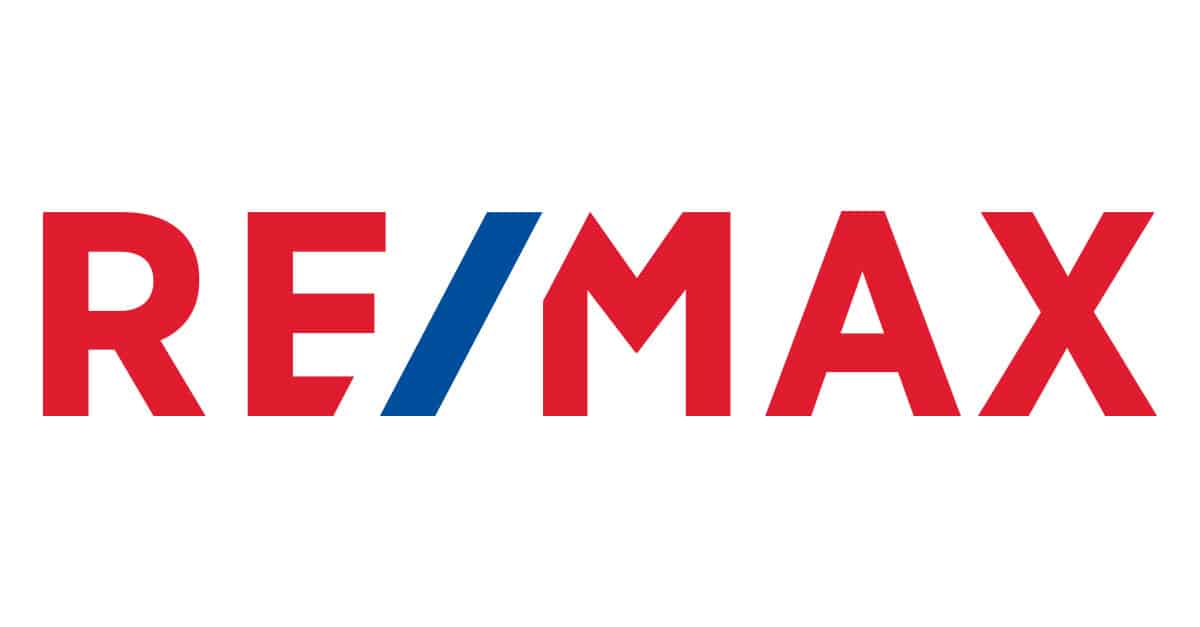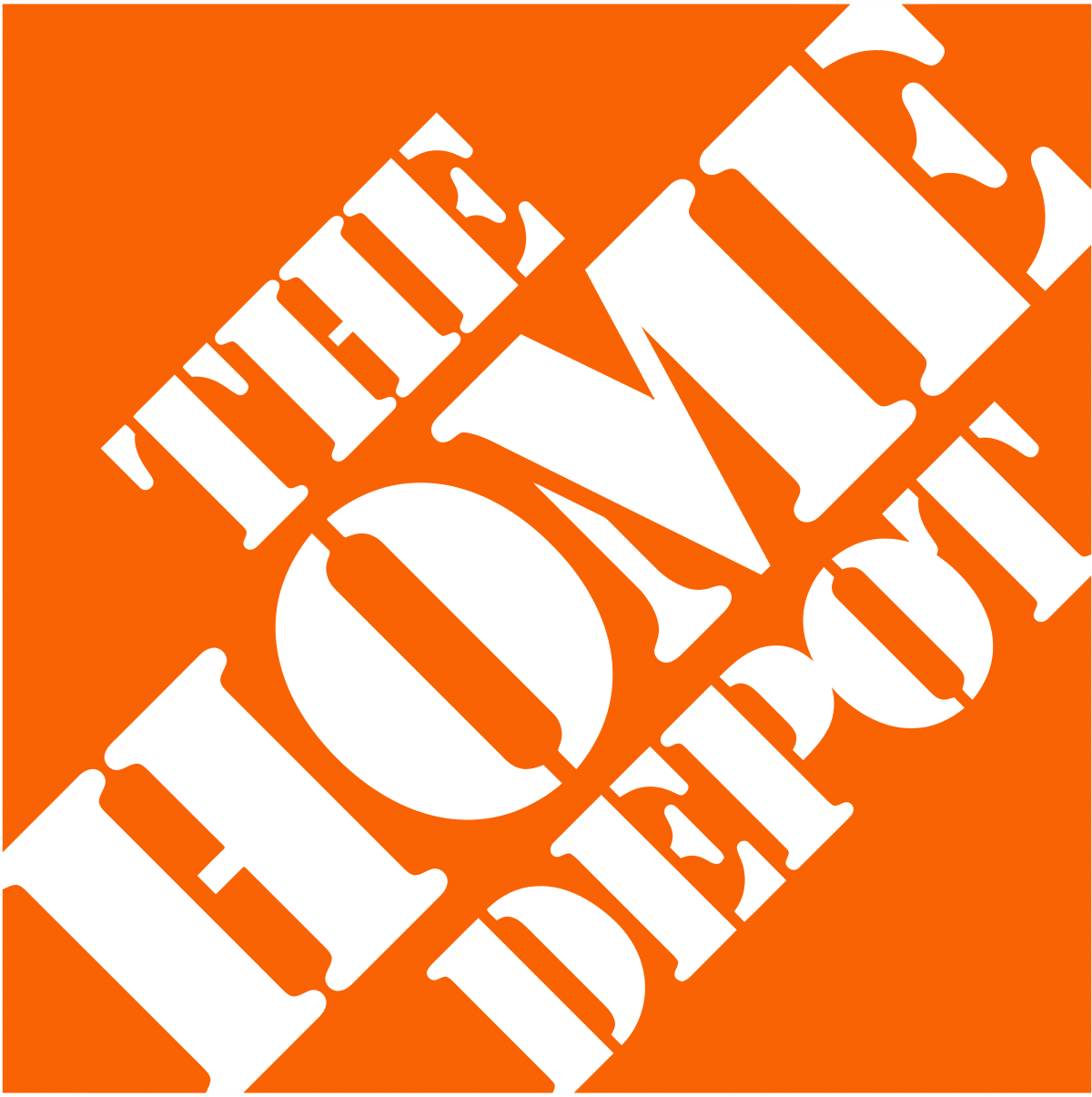A drone inspection of a solar farm involves using a drone to evaluate the condition and efficiency of a solar panel array. This process includes programming the drone with a specific flight plan, autonomous flight to capture data and images, and real-time data transmission to a ground station. Specialized software then analyzes this data, identifying issues like panel damage, connectivity problems, and shading, enabling operators to optimize array performance.





An energy drone inspection of a solar farm can be a fast and cost-effective way to assess the condition of the solar panel array, and can provide a safer alternative to traditional inspection methods that may require workers to access hazardous environments. It can also be used to monitor the performance of the solar farm over time and identify any issues that may affect its efficiency.
A drone inspection of solar panels on a house is similar to a solar farm inspection, but is typically performed on a smaller scale. The drone is used to capture images and data of the solar panels on the house, which are then processed and analyzed to identify any problems or issues. A drone inspection of solar panels on a house can be a useful way for homeowners to assess the condition and performance of their solar panels and identify any issues that may need to be addressed.
The oil and gas industry uses drones, also known as unmanned aerial vehicles (UAVs), for a variety of inspections and monitoring tasks.
Drones can provide an efficient and safe way to access hard-to-reach or hazardous environments, and can collect high-resolution images and data that can be used for analysis and decision-making. Drones for industrial inspections help overcome many problems.
